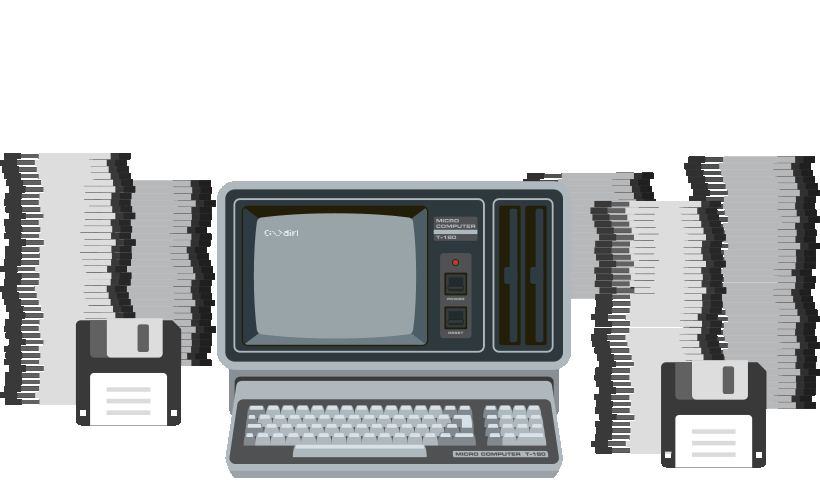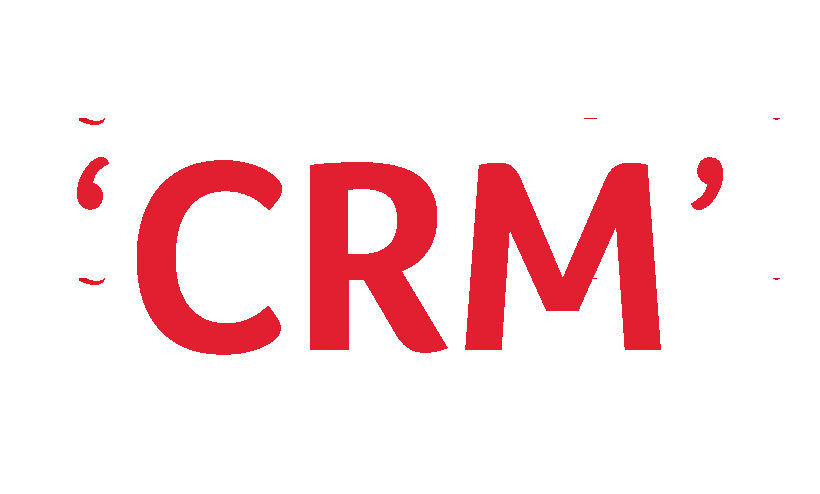From the Rolodex to the latest cutting edge CRM solutions (and everything in between), uncover the history of sales and the platform that has transformed the business over the past three decades.
In the Beginning
The Ledger
The humble paper pad and pen (well, quill depending on how far back you go), which allowed businesses to track basic sales and customer information.

1950s
The Rolodex
The spangly desk accessory of a million execs, the Rolodex offered companies the ability to spin through paper records, adding customers while updating existing customer information, details and more. Useful for a small business, but once you started scaling up……
Early 1980s
Database Marketing
This new process allowed companies to amass and analyse customer information, enabling businesses to create customised communications to attract prospects.
Late 1980s
Contact Management Software
The arrival and mass rollout of PCs and server/client architecture saw businesses collecting and organising customer data into what were effectively digital Rolodexes. The net result though was clunky, limited insights into customers and company interactions with them.
Early 1990s
Sales Force Automation
The first real push into CRM begins in earnest as software development explodes, ushering in Sales Force Automation that enabled companies to hone their sales processes and boost productivity.
1995
The acronym ‘CRM’ is coined.
Late 1990s
Mobile & SaaS
CRM continues to evolve and by the end of the century, the world’s first mobile CRM solution is introduced plus the first ever Software-as-a-Service (SaaS) CRM product.
2000s
Innovations
CRM continues to breakdown barriers, increasing its huge potential for creating ever-deeper relationships with customers by shifting from a ‘transaction’ focus to an ‘interaction’ focus. Companies begin to see CRM as a way to manage all business relationships via a single platform. Key advances include:
- Increasing CRM’s operability with legacy software.
- Offering the platform via the cloud.
- Increasing the power of mobile and subsequently social CRM dramatically.
Now
The possibilities are endless; a fully optimized CRM platform has a wide range of capabilities, and businesses are aware of this. According to Gartner, the CRM market is expected to reach £36.4 billion by 2017. However, there’s a growing concern that could undermine the value of CRM in the future: how effectively a company uses the platform. In fact, 63% of CRM projects do not achieve their expected return on investment. To safeguard your platform’s future, consider hiring a CRM consultant to help you make the most of your CRM investment and get it ready for the future.
Discover how to maximise the potential of your 21st century CRM system in the eguide, ‘The Ultimate Guide to: Increasing sales performance’ to double response rates and outperform last month.
This article first appeared on the Redspire blog.






